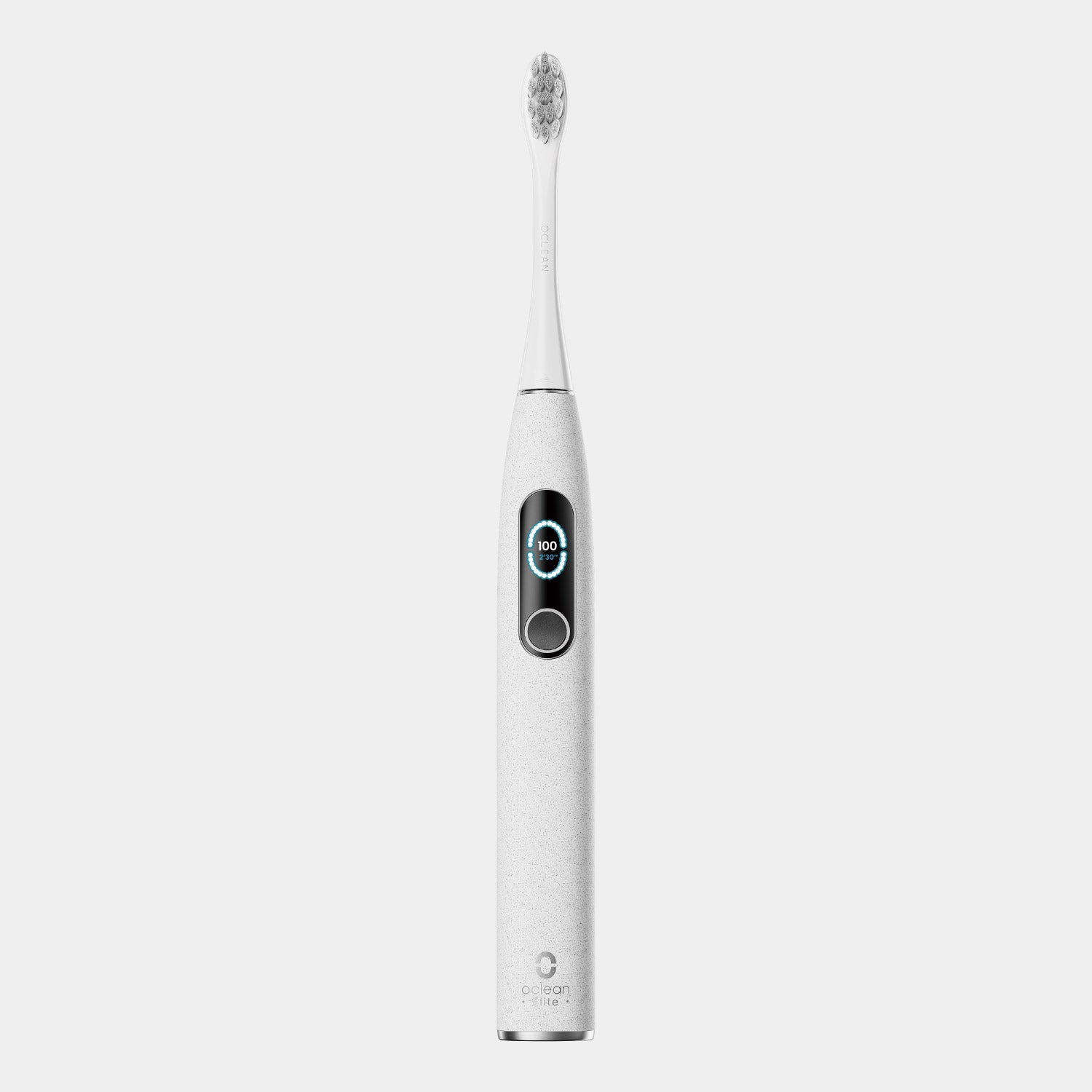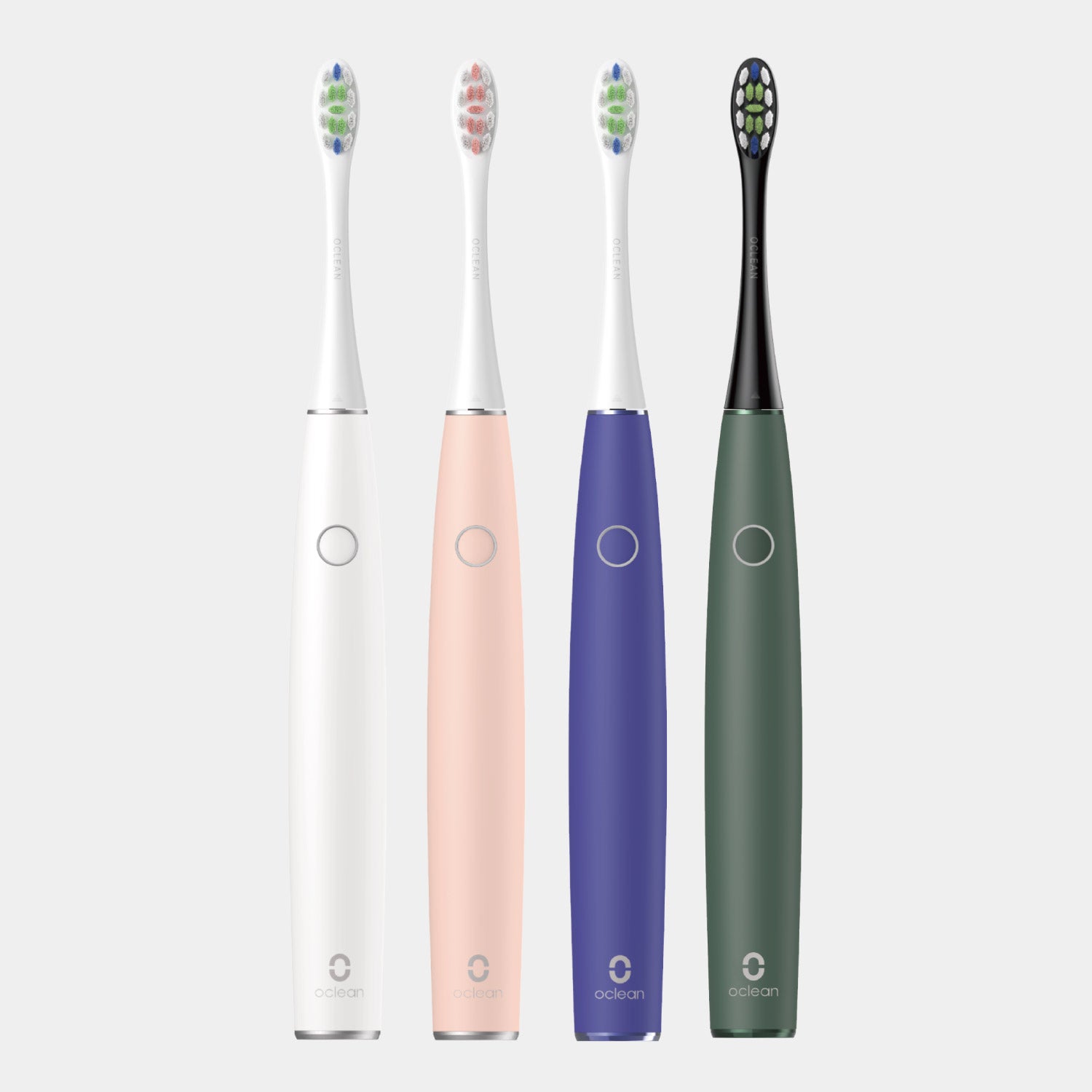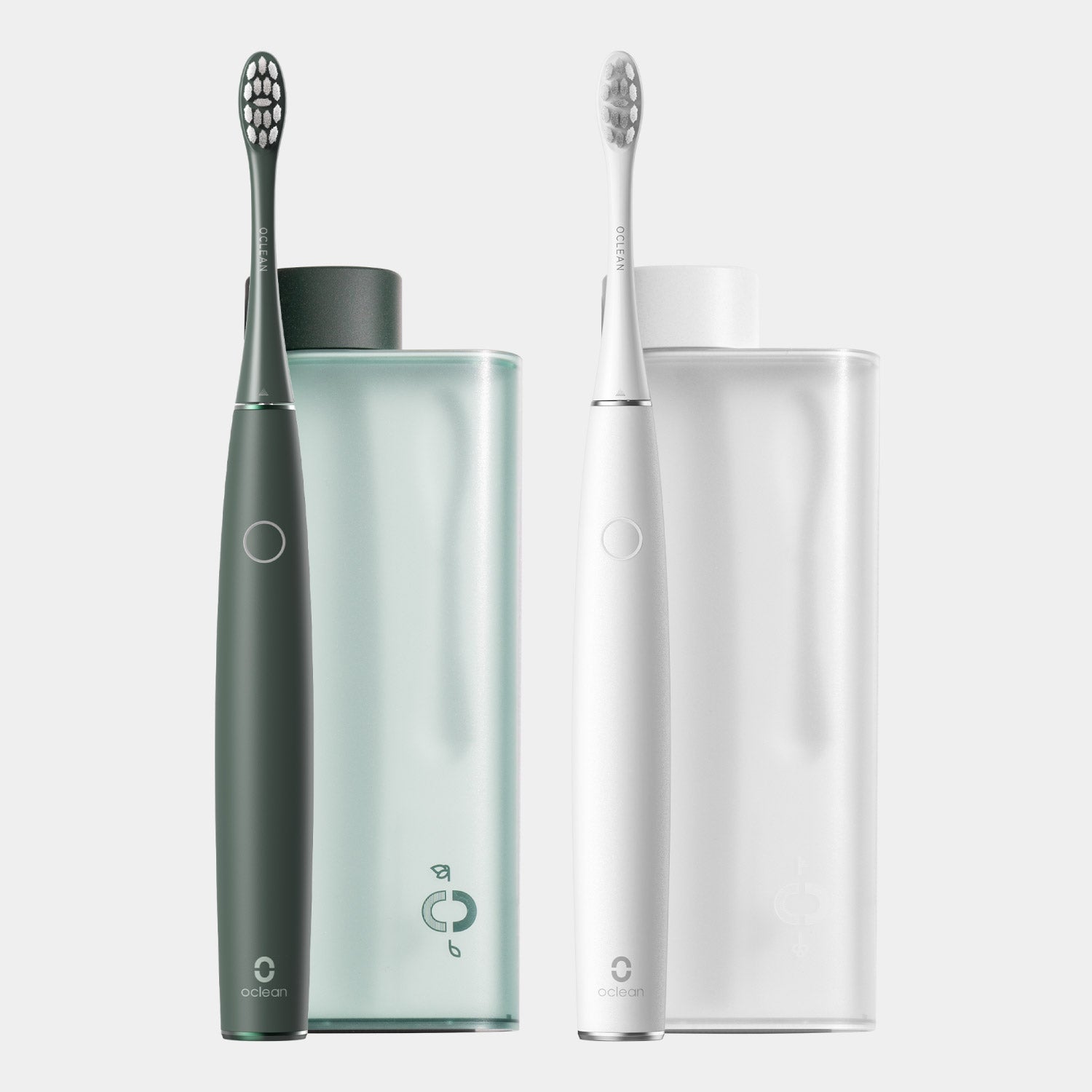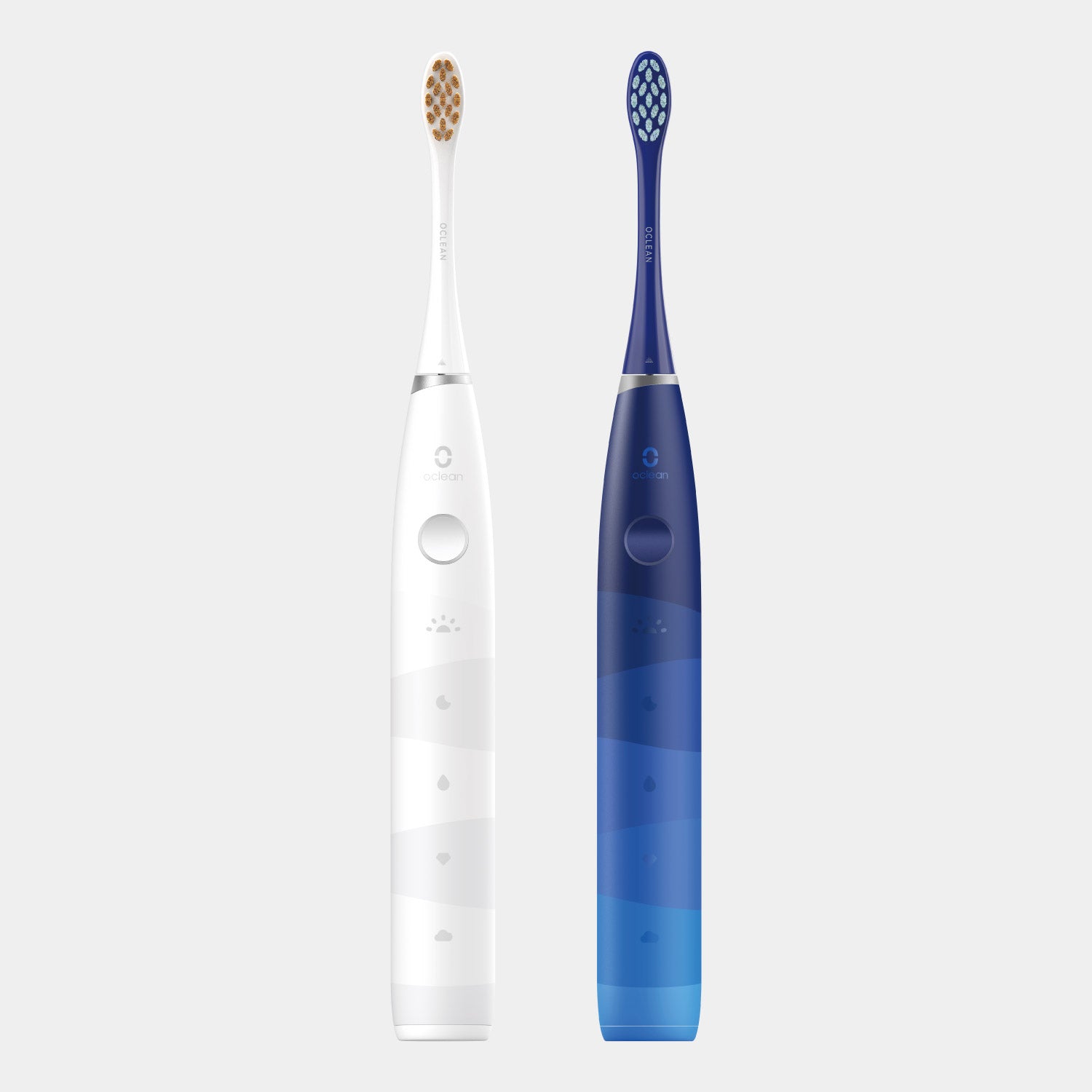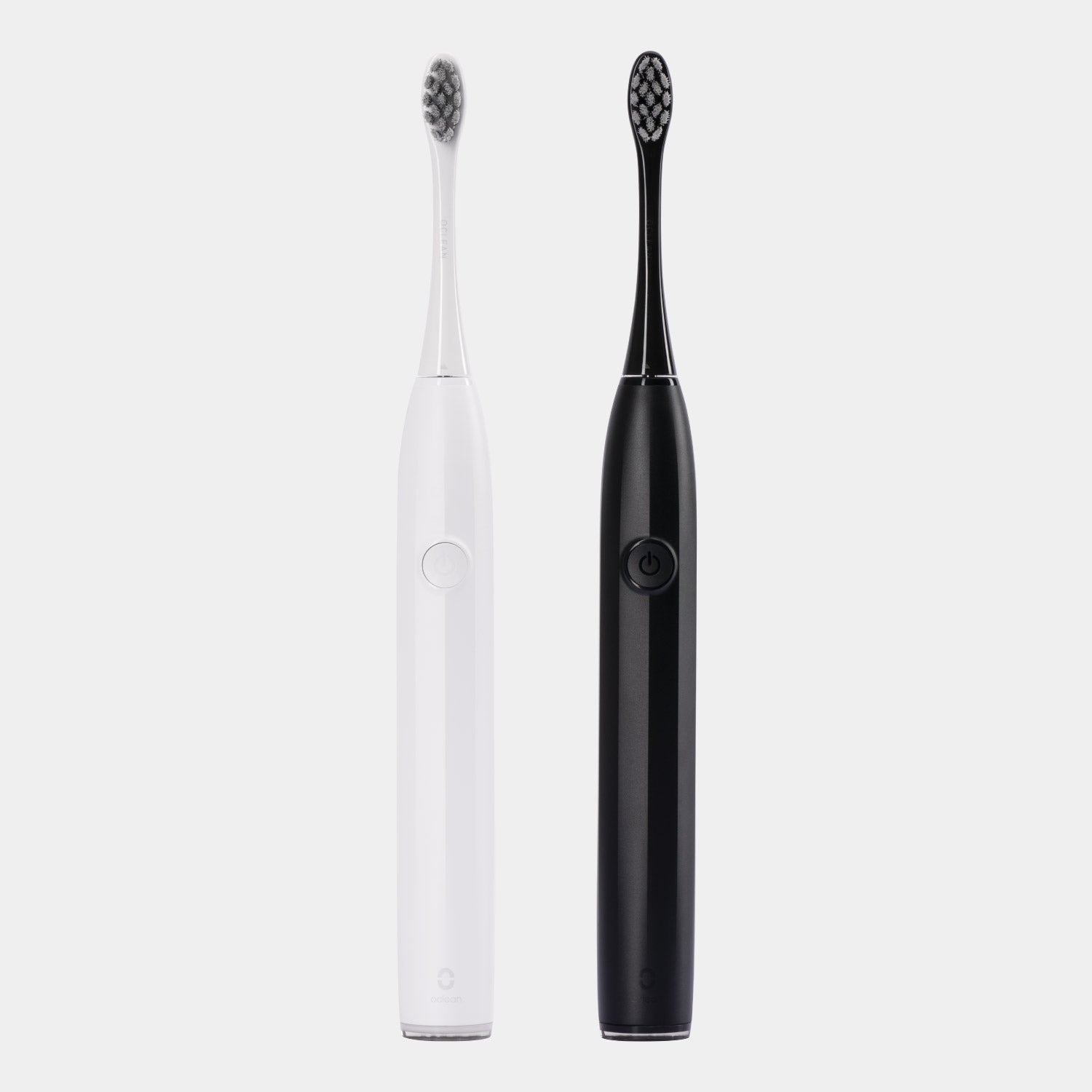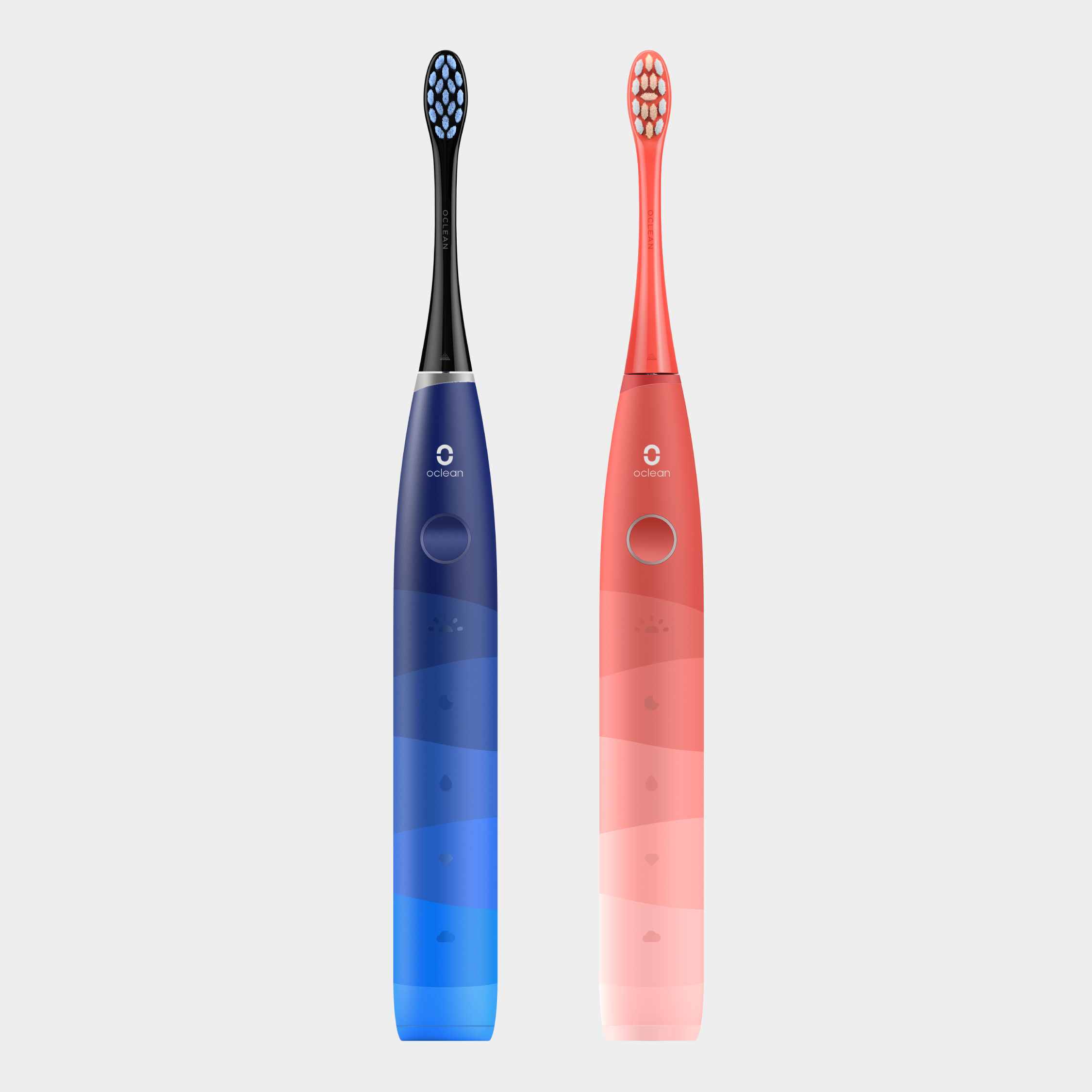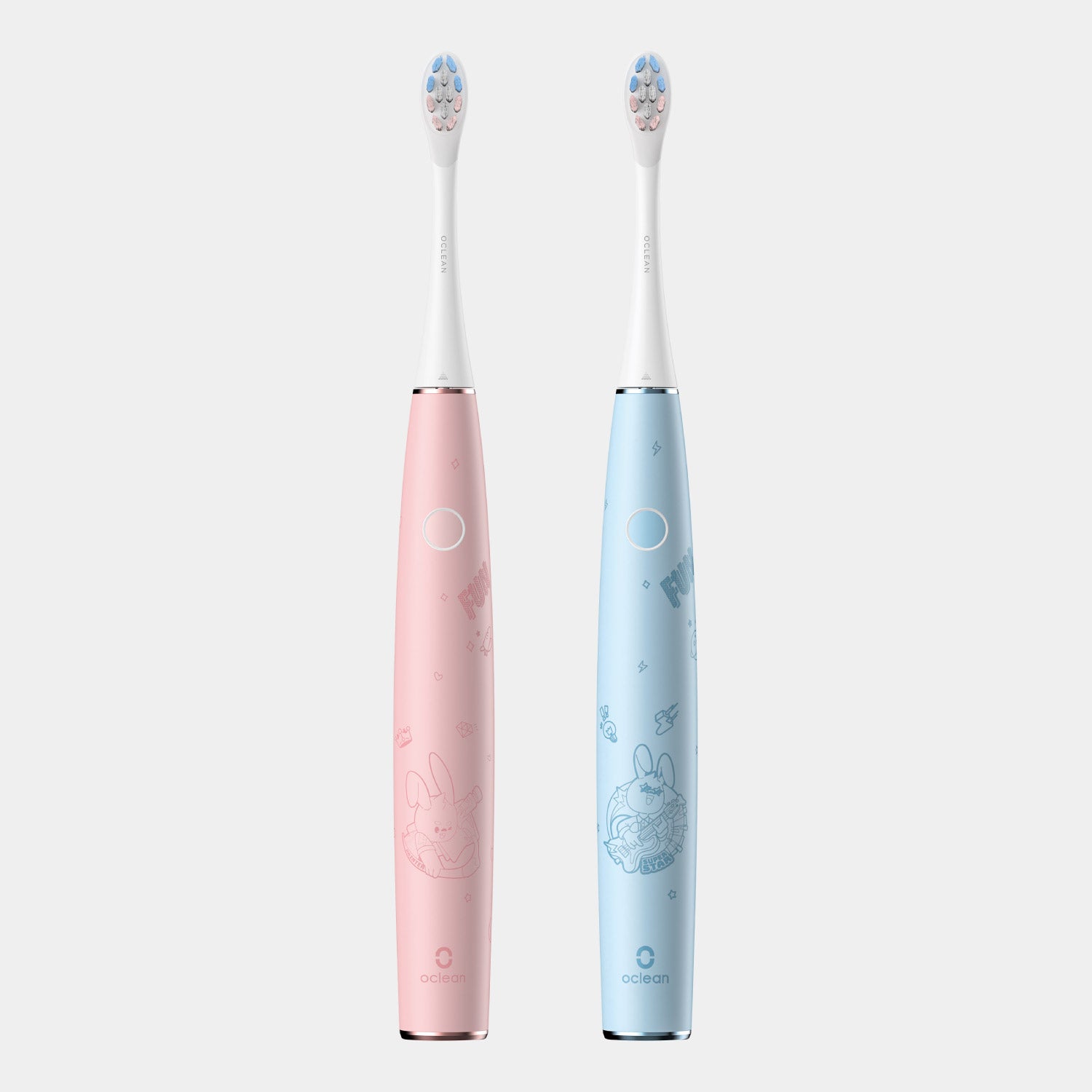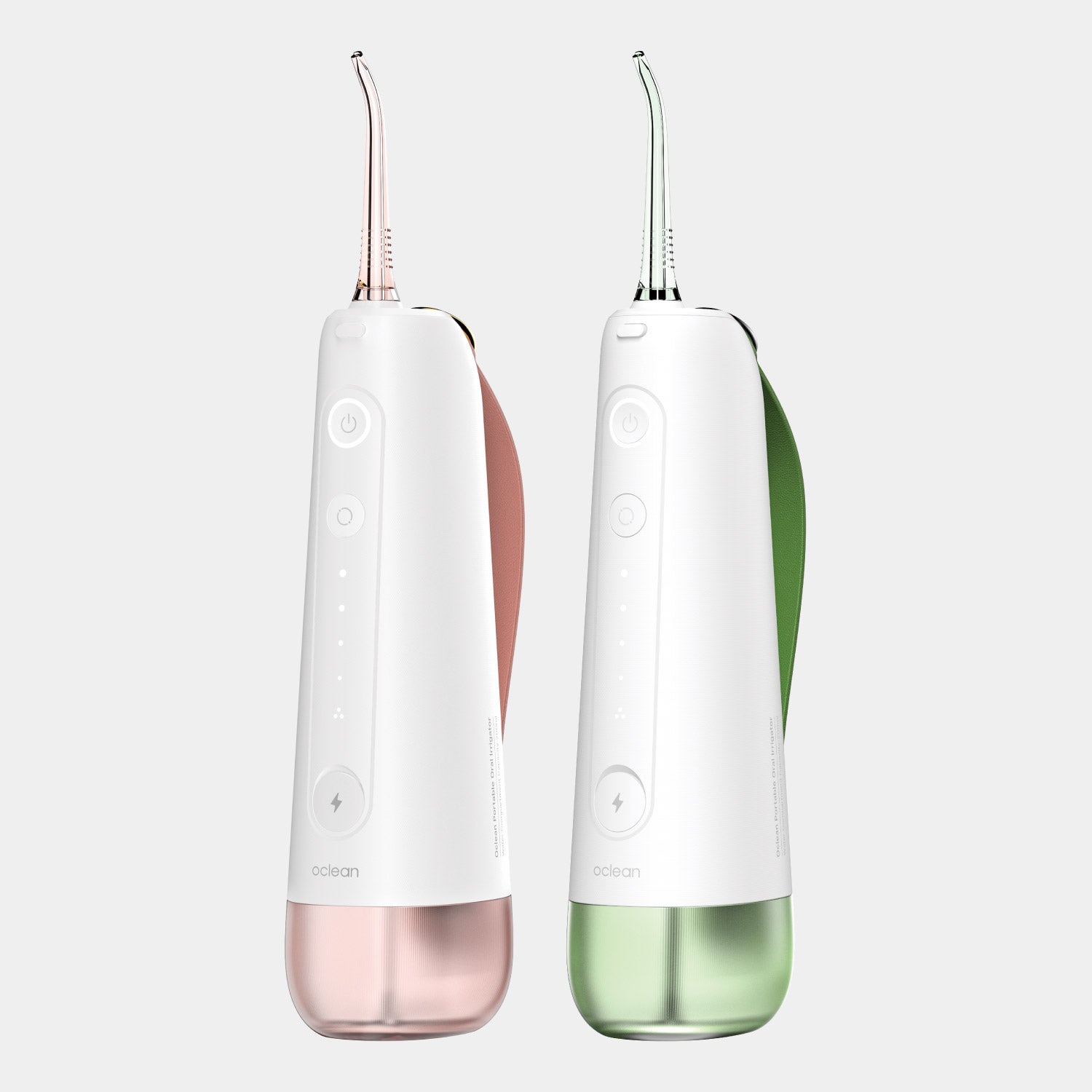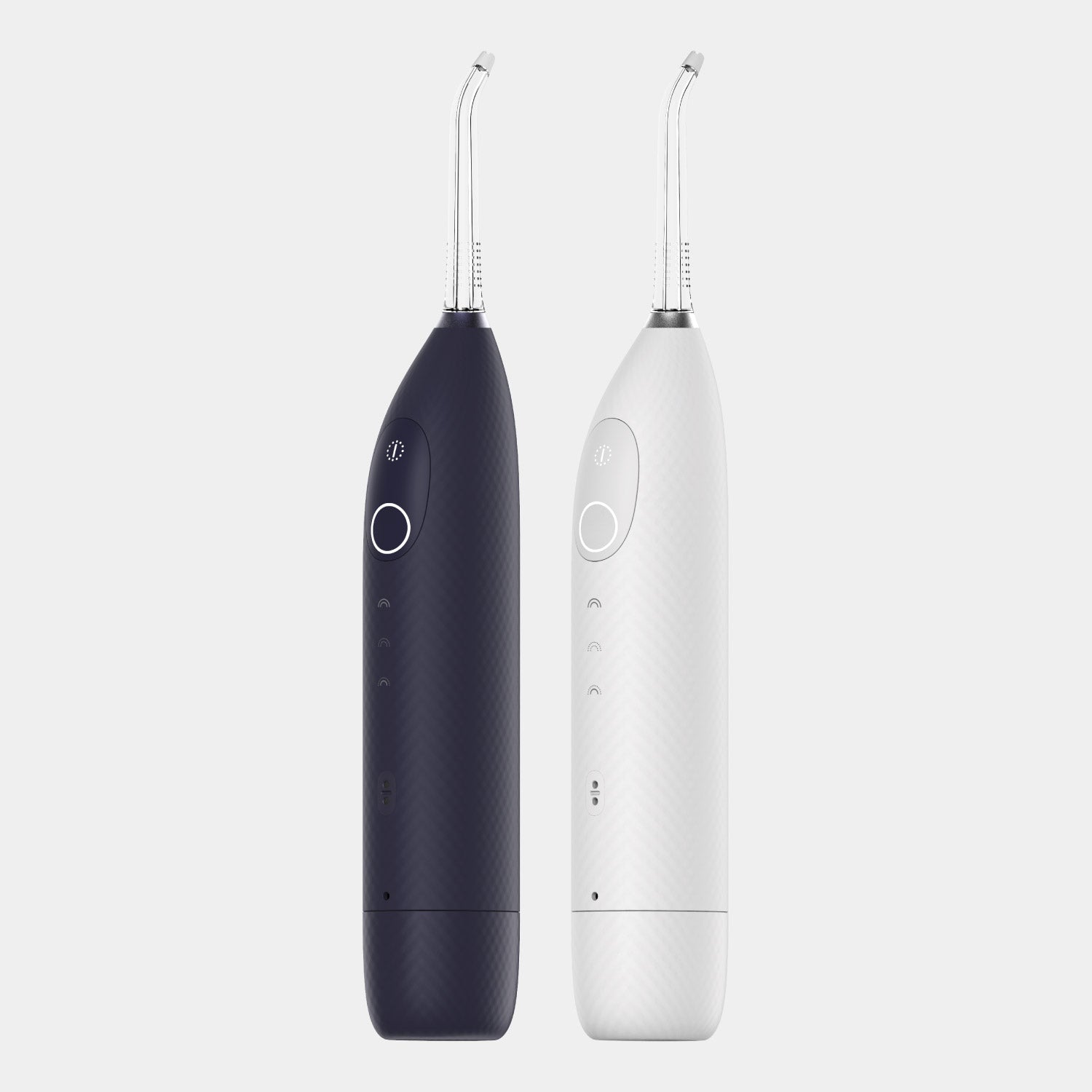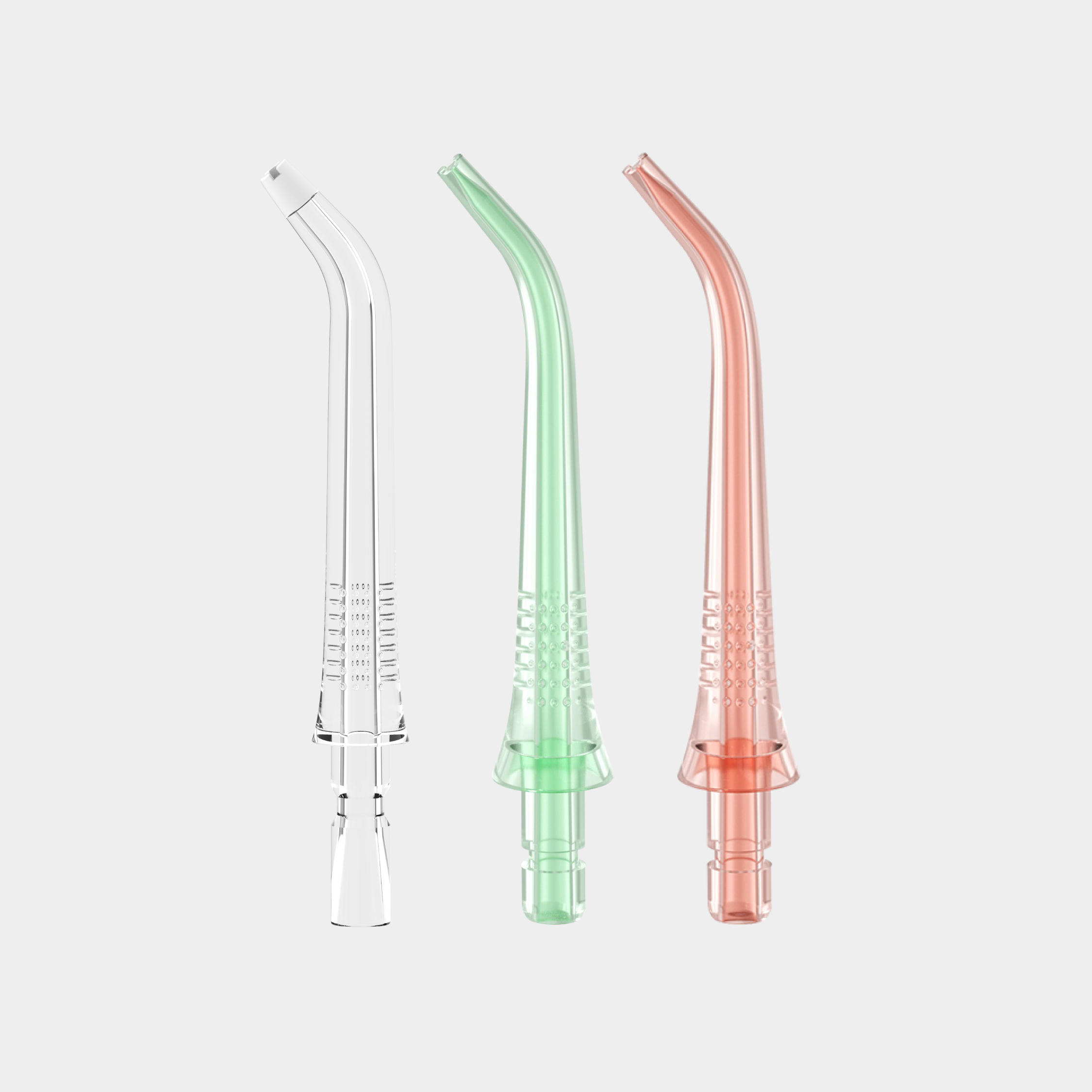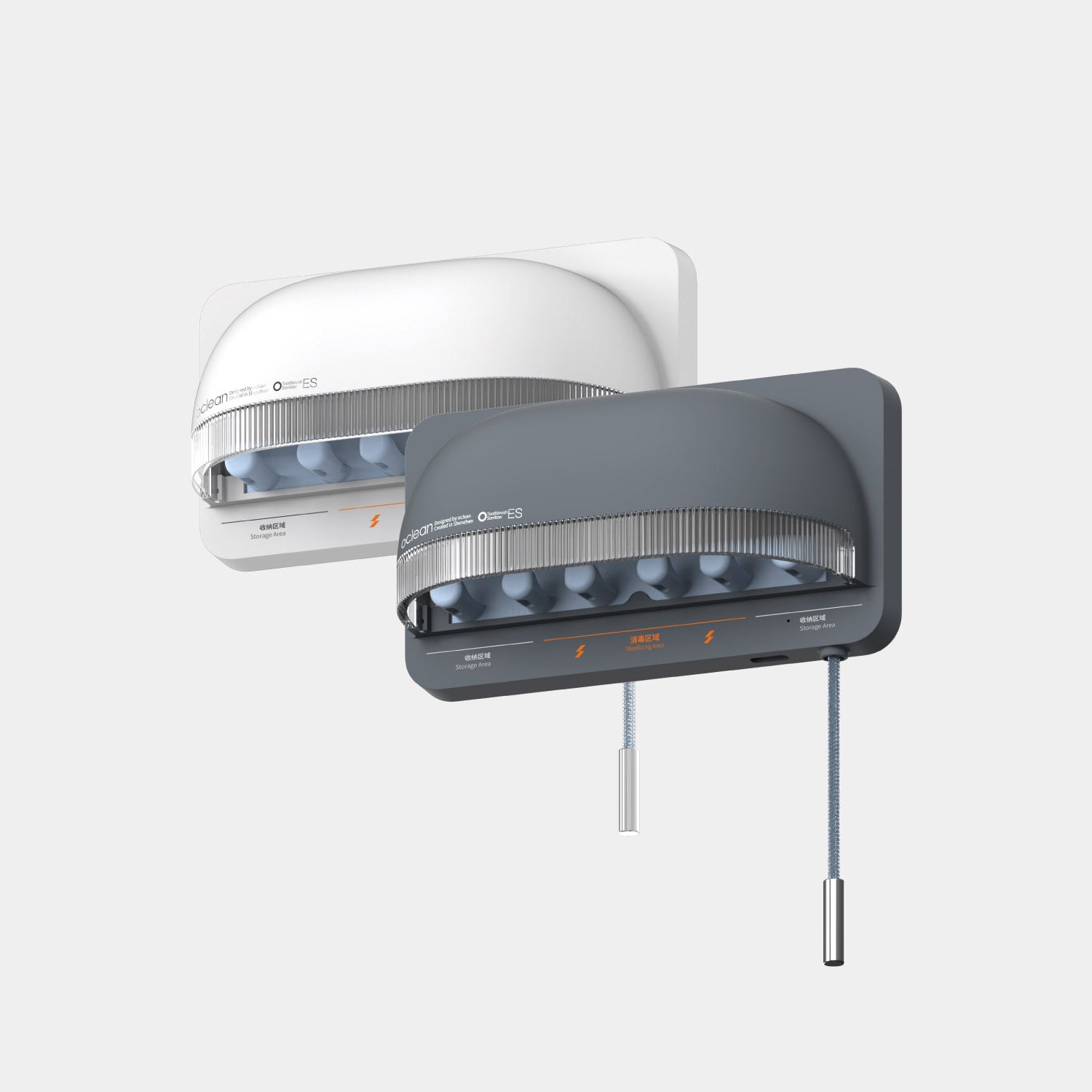Having a bright, white smile is a desire many share, leading to a surge in the popularity of teeth whitening at home. The convenience and cost-effectiveness of home teeth whitening solutions have made them a popular alternative to professional treatments. But is it really worth it? This article explores various methods, effectiveness, safety concerns, costs, and recommendations from dentists to help you decide if whitening your teeth at home is the best option for you.
Methods of teeth whitening at home
There are several methods to whiten your teeth at home, each with its unique benefits and considerations. Before diving into the various products and techniques, it's worth mentioning that a good oral care routine is essential for maintaining the results of any whitening treatment. Check out the smart toothbrush collection for tools that can enhance your daily dental care and help sustain a bright smile.
Over-the-counter whitening strips
One of the most popular methods for teeth whitening at home is using over-the-counter whitening strips. These strips are coated with a thin layer of hydrogen peroxide or carbamide peroxide and are applied directly to the teeth. They are typically worn for a specified period, usually 30 minutes a day, over a two-week period. The effectiveness of whitening strips can vary, but many users report noticeable results within a few days of use.
Whitening toothpaste
Whitening toothpaste is another common option for those looking to brighten their smile at home. These toothpastes contain mild abrasives and chemicals that help remove surface stains. While they do not change the natural color of your teeth, they can help in removing new stains and maintaining the whiteness achieved through other methods. Using whitening toothpaste as part of your daily oral hygiene routine can be an effective way to gradually enhance the brightness of your teeth.
Whitening gels and trays
Tooth whitening gels and trays are considered more potent than strips and toothpaste. These kits come with a gel containing a higher concentration of whitening agents and trays that fit over the teeth. The trays ensure that the gel is in contact with the teeth for a longer period, enhancing the whitening effect. The procedure usually involves wearing the trays for a few hours daily over several weeks.
Natural teeth whitening methods
For those interested in natural ways to whiten teeth, several household teeth whitening methods can be explored. These methods often involve using ingredients commonly found at home, such as baking soda, hydrogen peroxide, and apple cider vinegar. While these natural teeth whitening techniques can be less expensive and more accessible, their effectiveness varies, and they may not produce the same level of results as commercial products.
Baking soda, for instance, has natural whitening properties and can help remove surface stains on teeth. However, it should be used sparingly, as excessive use can erode tooth enamel. Similarly, hydrogen peroxide can be diluted with water and used as a mouth rinse to help whiten teeth, but care must be taken to avoid overuse.
Effectiveness of at-home teeth whitening
The effectiveness of teeth whitening at home varies depending on the method used and the initial condition of your teeth. Over-the-counter whitening strips and gels can be quite effective in lightening teeth by several shades, especially if the discoloration is due to external factors like coffee, tea, or smoking. Whitening toothpaste, while less potent, can help maintain the results achieved through other methods.
However, at-home methods might not be as effective on intrinsic stains, which are deeper and often require professional intervention. It's important to have realistic expectations and understand that while home teeth whitening can significantly improve the appearance of your teeth, the results may not be as dramatic as professional treatments.
Studies have shown that hydrogen peroxide-based products, commonly used in home teeth whitening kits, are effective in reducing tooth discoloration. However, the concentration of the active ingredient and the duration of application are critical factors in determining the level of whitening achieved. For instance, products with higher concentrations of hydrogen peroxide can produce faster and more noticeable results but may also increase the risk of side effects such as tooth sensitivity and gum irritation.
Safety concerns - potential risks and side effects
Safety is a significant consideration when opting for teeth whitening at home. While many products are designed to be safe when used as directed, there are potential risks and side effects to be aware of.
Tooth sensitivity
One of the most common side effects of teeth whitening at home is tooth sensitivity. The whitening agents can penetrate the enamel and reach the dentin, causing temporary sensitivity to hot and cold foods and drinks. Using products with lower concentrations of whitening agents and following the recommended usage guidelines can help mitigate this issue.
Gum irritation
Improper application of whitening gels, especially with trays that do not fit well, can lead to gum irritation. It's essential to ensure that the gel does not come into contact with the gums and to use products specifically designed for home use to minimize this risk.
Enamel damage
Overuse or misuse of whitening products can lead to enamel damage, making teeth more susceptible to decay and sensitivity. It is crucial to adhere to the recommended usage frequency and to avoid prolonged exposure to whitening agents.
Allergic reactions
In rare cases, individuals may experience allergic reactions to the ingredients in whitening products. Symptoms can include swelling, redness, and irritation of the gums or mouth. If you suspect an allergic reaction, discontinue use immediately and consult a dentist.
Price of at-home whitening kits
The cost of teeth whitening at home is significantly lower than professional treatments, making it an attractive option for many. Over-the-counter whitening strips typically range from $20 to $50, while whitening gels and trays can cost between $50 and $100. The affordability of these products, combined with their convenience, makes them a popular choice for those seeking a brighter smile without the hefty price tag of professional services.
Cost of professional whitening treatments
In contrast, professional teeth whitening treatments performed by dentists can cost anywhere from $300 to $1,000 or more, depending on the method used and the extent of discoloration. These treatments often involve the use of high-concentration whitening agents and specialized equipment, such as laser or light-activated systems, to achieve faster and more dramatic results.
Professional treatments typically offer more uniform and longer-lasting results compared to at-home methods. Additionally, the supervision of a dental professional can help mitigate the risks associated with tooth sensitivity and gum irritation. While the higher cost of professional treatments may be a deterrent for some, it's important to consider the potential benefits, including the expertise of a trained professional, customized treatment plans, and the ability to address more severe discoloration effectively.
Recommendations from dentists
Dentists often recommend starting with a consultation to determine the cause of tooth discoloration and the most suitable treatment options. For many, a combination of professional and at-home whitening can offer the best results.
Professional advice on at-home whitening
Dentists generally advise using at-home whitening products as directed and caution against overuse. They may also recommend products with lower concentrations of whitening agents to reduce the risk of sensitivity and enamel damage. Additionally, using a smart toothbrush collection can enhance your daily dental care routine, helping to maintain the whiteness achieved through whitening treatments.
Professional whitening treatments
For individuals with severe discoloration or intrinsic stains, professional treatments may be necessary. Dentists can provide customized treatment plans that include in-office whitening procedures followed by at-home maintenance using prescribed products. This approach can offer the best of both worlds, combining the potency of professional treatments with the convenience of at-home care.



